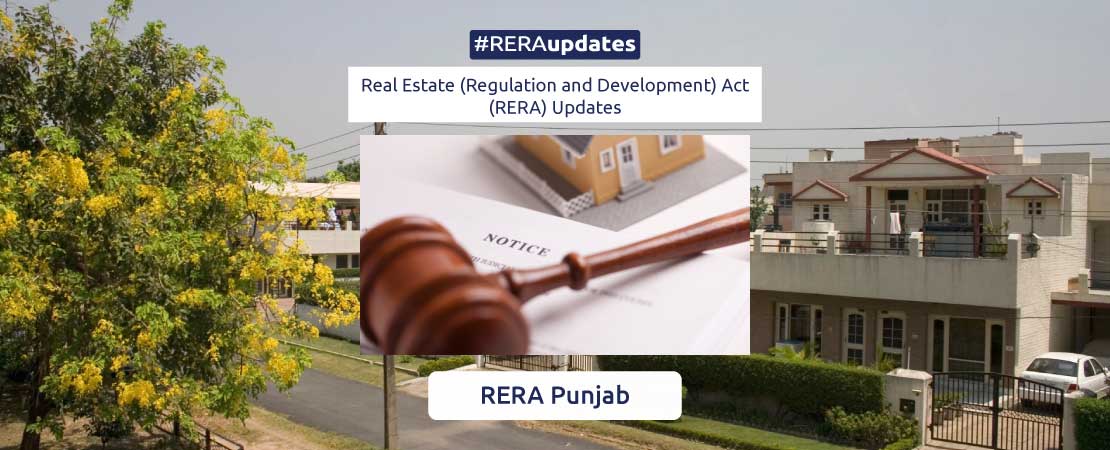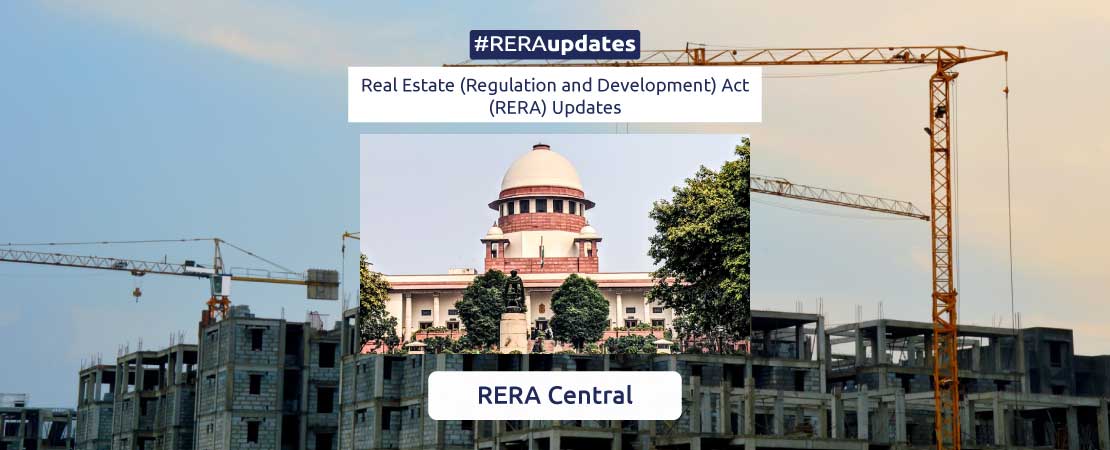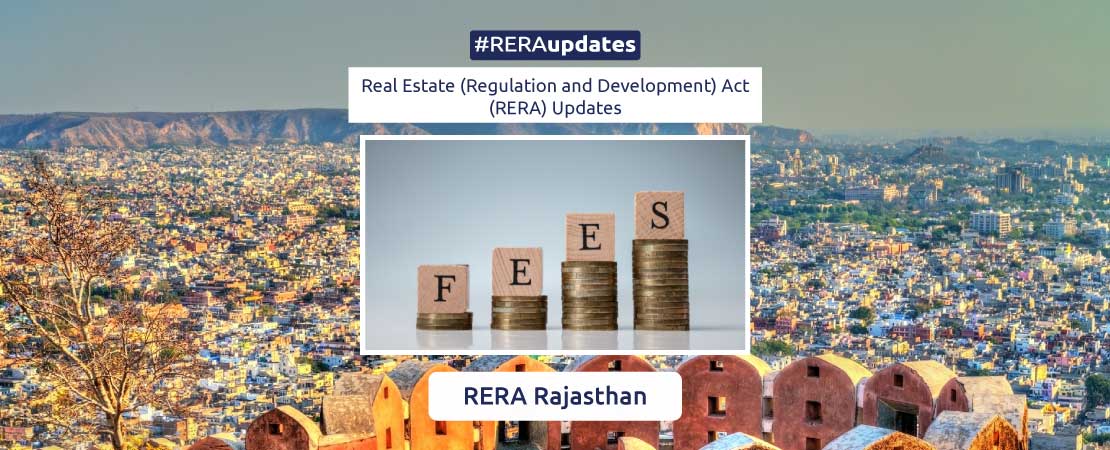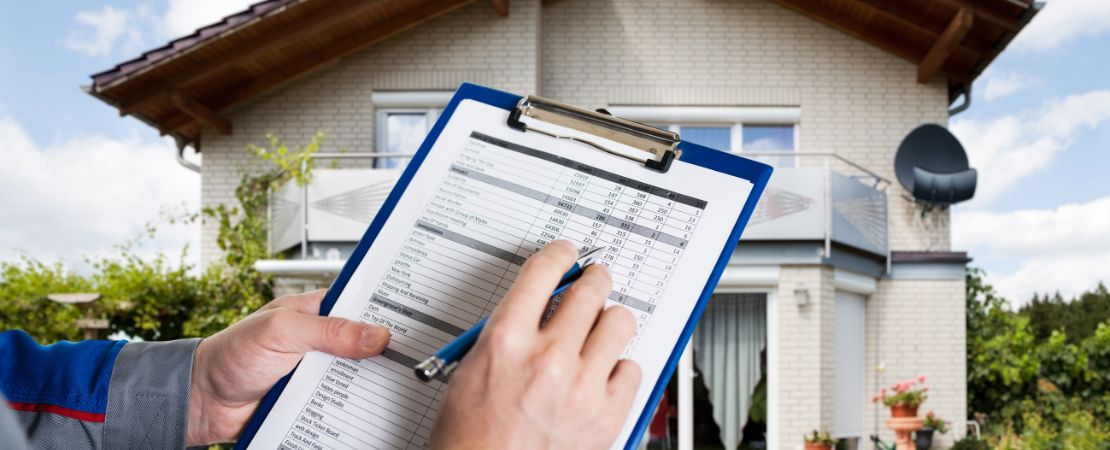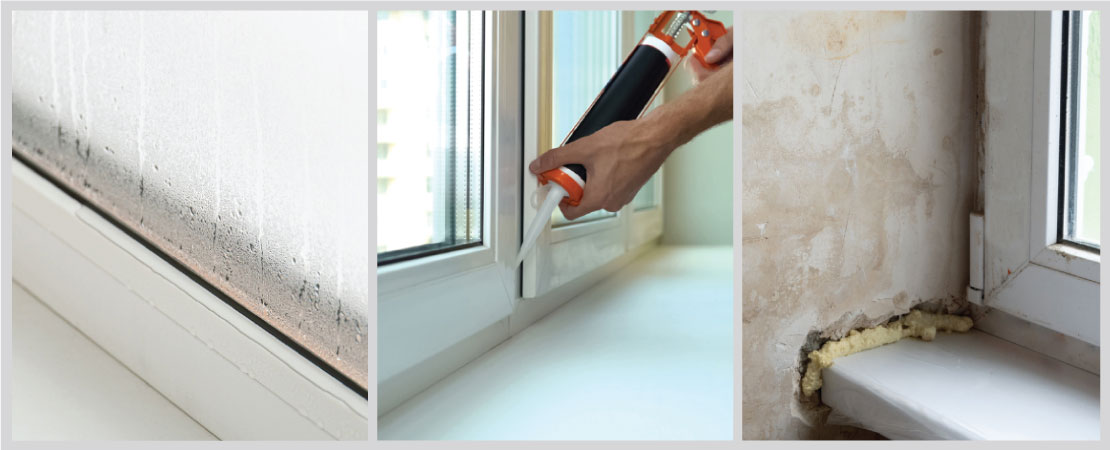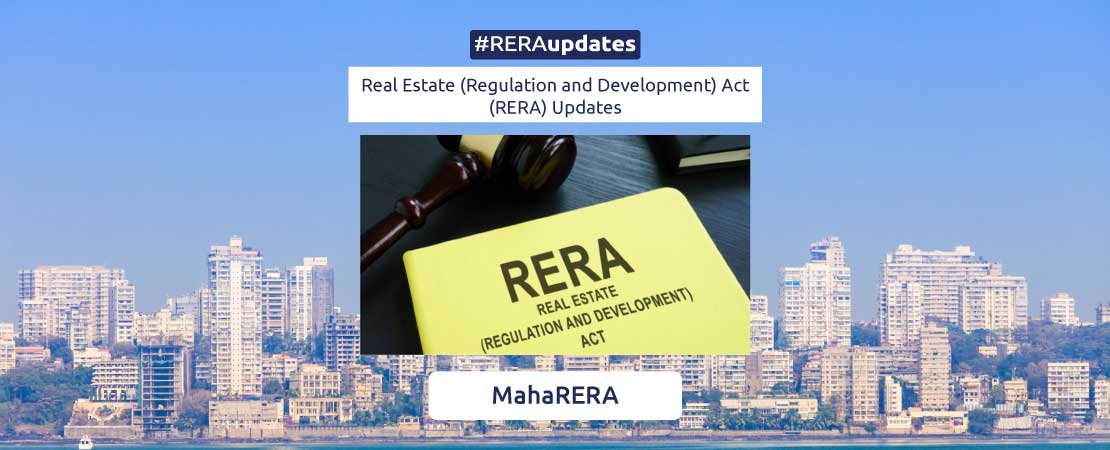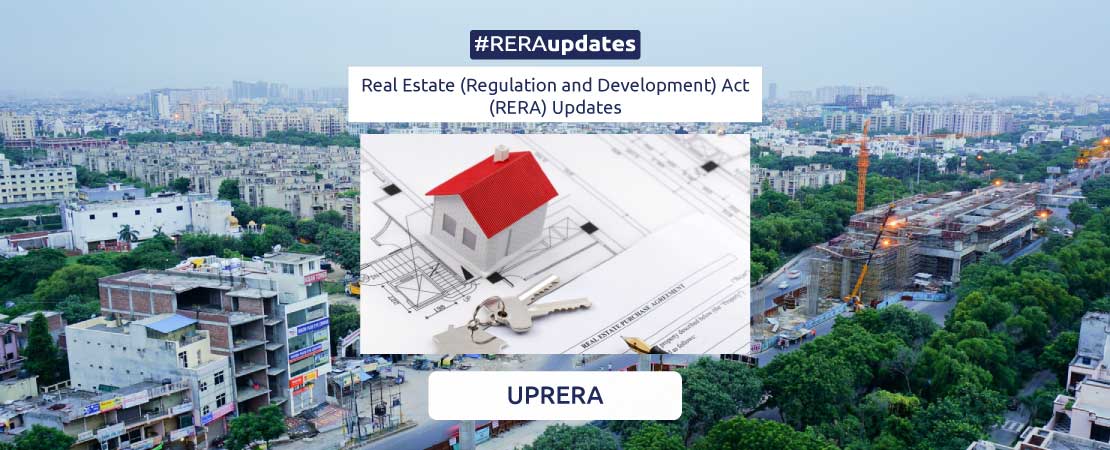RERA had issued a public notice giving one month to owners of all real estate projects in Chandigarh being undertaken without requisite registrations
With the one-month deadline for registering real estate projects now over, the Real Estate Regulatory Authority (RERA) of Chandigarh has decided to initiate suo motu action against the violating builders.
On June 23, RERA had issued a public notice giving one month to owners of all real estate projects being undertaken without requisite registrations. The notice stated that they will have to pay up to 10% of the estimated cost of the project as penalty if they fail to register within a month. However, even after two months, no builder came forward for registration of their projects.
As per the Real Estate (Regulation and Development) Act, 2016, it is mandatory for all residential and commercial real estate projects, where the area of land proposed to be developed is more than 500 square metres or the number of apartments or offices proposed to be developed is over eight, to register with RERA to protect the interests of consumers and ensure speedy disposal of disputes.
However, only six projects in Chandigarh have been registered since the Act came into force. As per sources, around 15 more projects were under construction without registration.
Among the six registered projects, three are by the Chandigarh Housing Board (CHB), including the Sector 53 housing scheme, 2008 employees housing scheme and Sector 51 housing scheme. The remaining three projects include Godrej and Lifestyle Buildcon in Industrial Area, and Rajiv Gandhi Technology Park.
RERA secretary Palika Arora said, “We have already written to the UT Estate Office and Registrar Cooperative Societies to provide us the list of incomplete projects so that action can be taken.”
She said maximum constructions were going on in the rural areas of the city. Action will also be taken against carving of plots on agricultural land, Arora added.
The Real Estate Act covers all bodies (private and public) that develop real estate projects for sale to the general public. In the absence of the Apartment Act, the Chandigarh Housing Board is the only government agency responsible for construction of residential units in the city.

